
More than 150 years after photography brought, for the first time, the horrors of the Civil War to Americans far from the battlefields, the role of the conflict photographer is now a well-established one. The history of conflict photography has its celebrities, its iconic moments, even its fictional interpretations. And, during its years one of the nation’s premiere photo magazines, LIFE played a crucial role in that history, supporting many of the figures who made the genre what it is today.
Less well known, however, is the modern history of conflict painting.
A new exhibit, on view now at the National WWII Museum in New Orleans, showcases just one example of how non-photographic records of war can be just as crucial a document of conflict, with 26 original works by Tom Lea, a Texan writer and artist who covered the war for LIFE. Several of the pieces from the show can be seen in the gallery above.
As LIFE described to readers in 1941, Lea was one of several artists whom the magazine commissioned to create “America’s first gallery of defense art.” For that assignment, he painted Sergeant Bruce Bieber of the Ninth Infantry at Fort Sam Houston in Texas.
The assignment was a success, and soon LIFE had turned Lea into a special kind of war correspondent, traveling to the North Atlantic and the South Pacific. He made sketches of what he saw, which he could use as the basis for the paintings that LIFE praised for their “sympathy and accuracy” and their subjects said did “the Navy, the war effort and the public a great service.” In one instance, after the ship on which he had been embedded was sunk, along with the photographic files on board, Lea’s drawings became the only record of the engagement.
In September of 1944, when the U.S. 1st Marine Division invaded the island of Peleliu, Lea was there for the bloody battle. He produced one of his most recognizable works, That 2,000 Yard Stare, seen in the first slide above.
“Two thirds of his company has been killed or wounded but he is still standing,” Lea wrote in his notes on the image. “So he will return to attack this morning. How much can a human being endure?”
Tom Lea: LIFE and World War II is on view at the National World War II Museum through the end of the year.


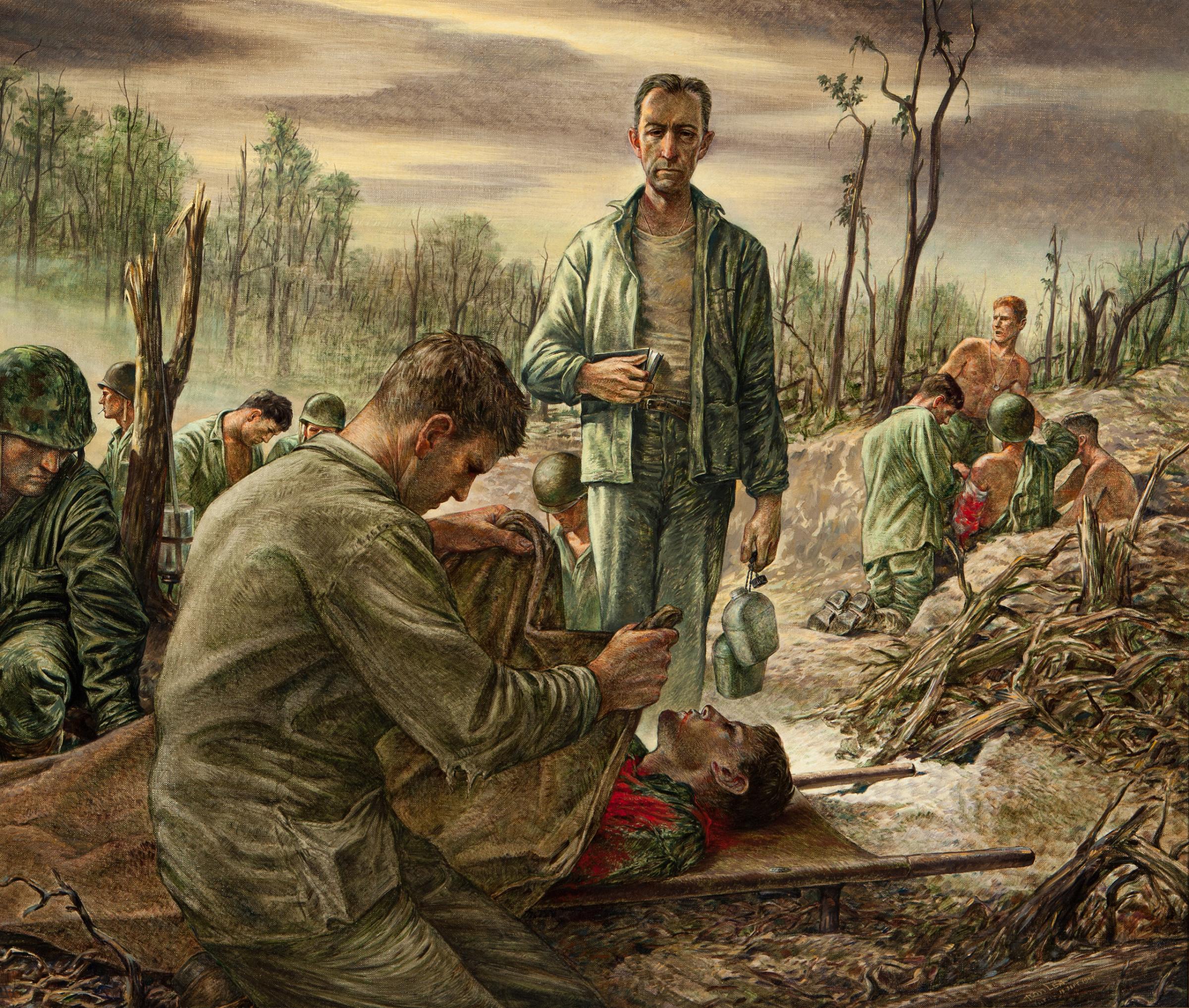
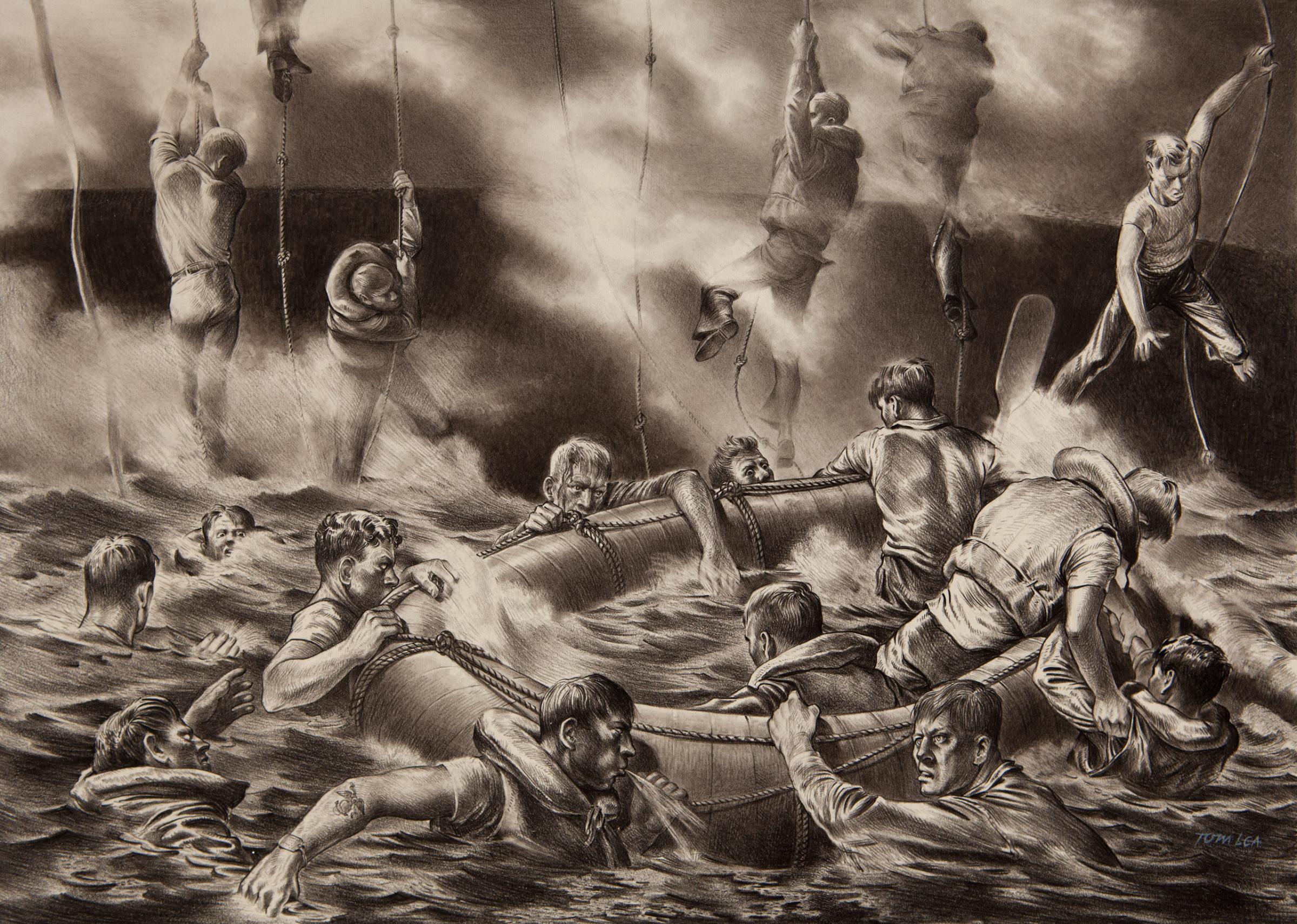
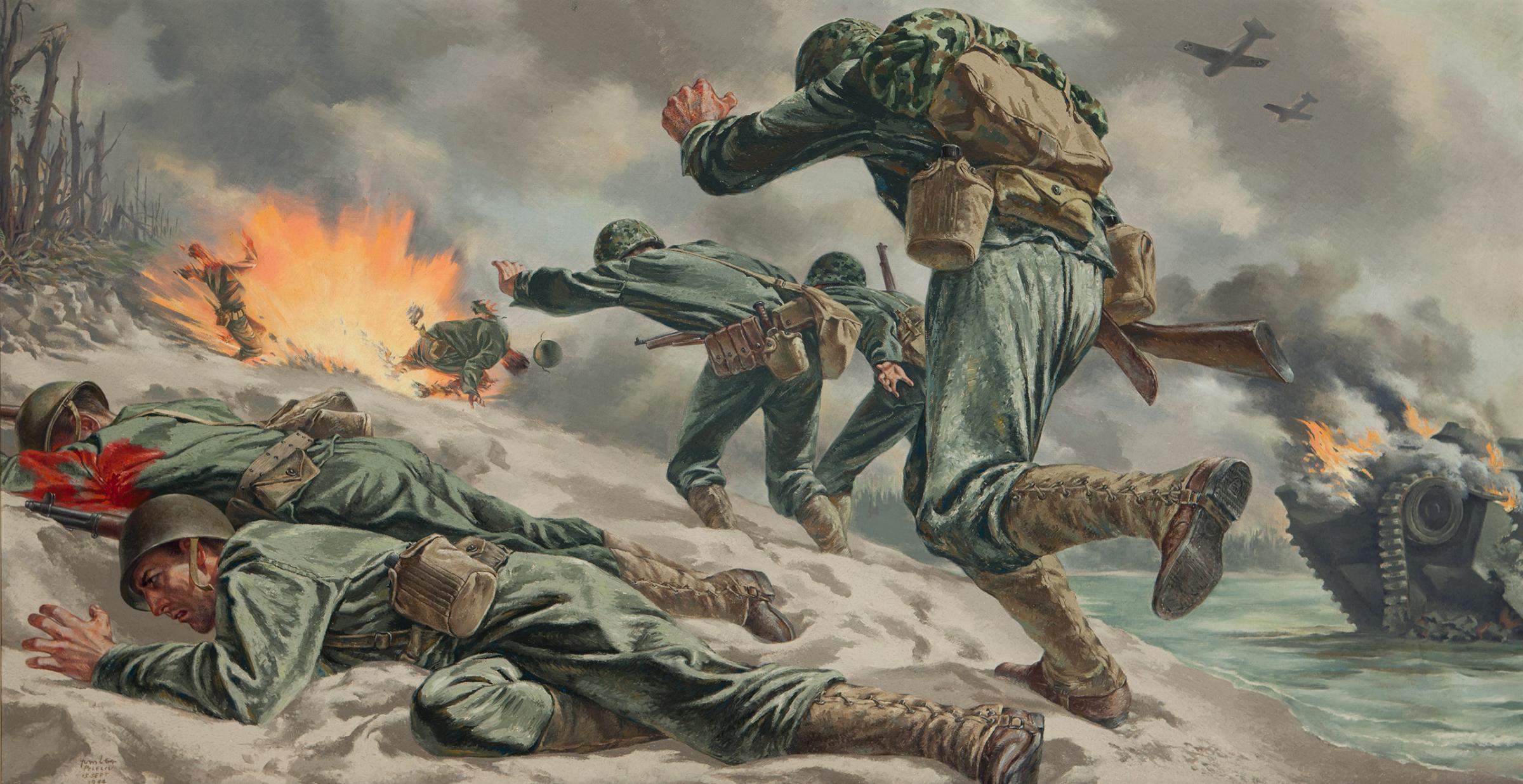
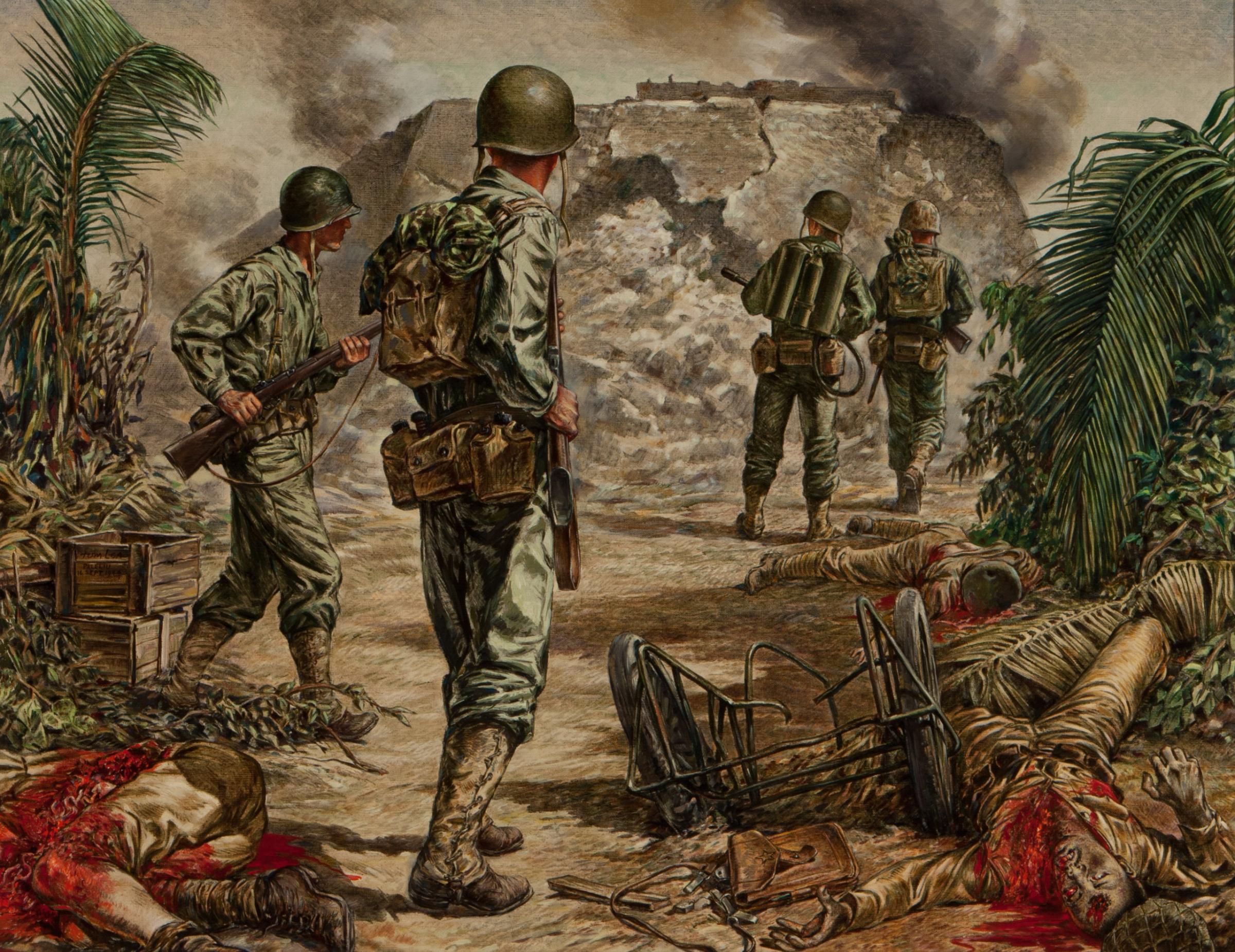
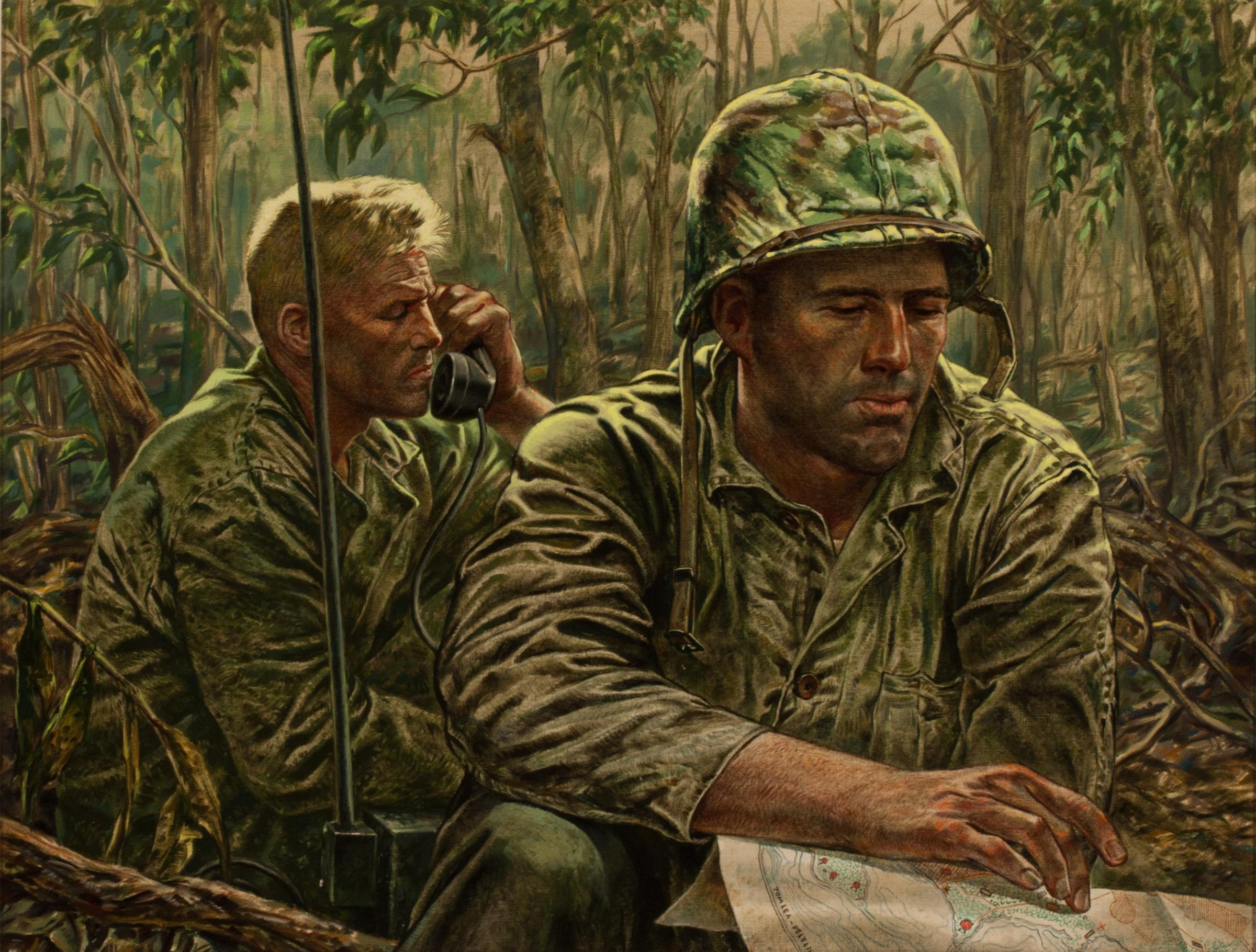


More Must-Reads from TIME
- Cybersecurity Experts Are Sounding the Alarm on DOGE
- Meet the 2025 Women of the Year
- The Harsh Truth About Disability Inclusion
- Why Do More Young Adults Have Cancer?
- Colman Domingo Leads With Radical Love
- How to Get Better at Doing Things Alone
- Michelle Zauner Stares Down the Darkness
Write to Lily Rothman at lily.rothman@time.com